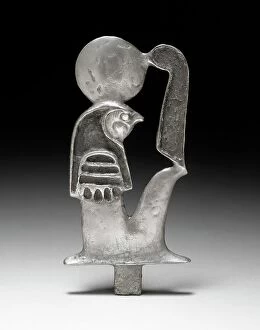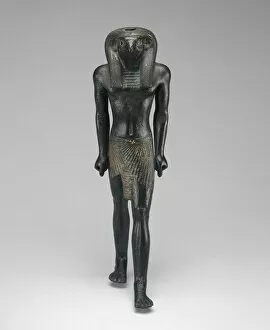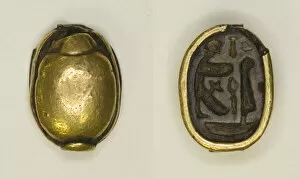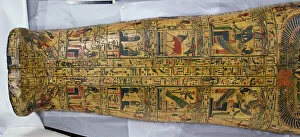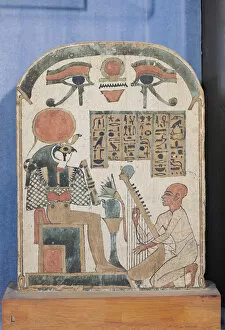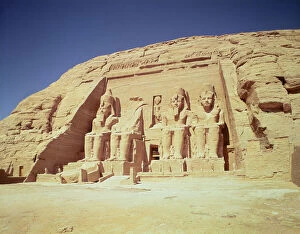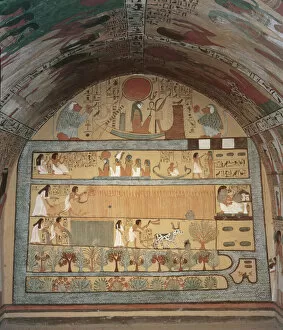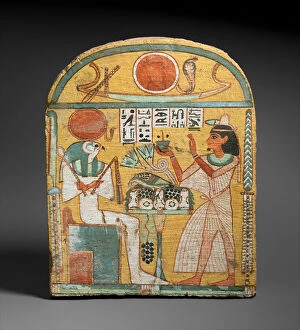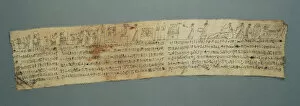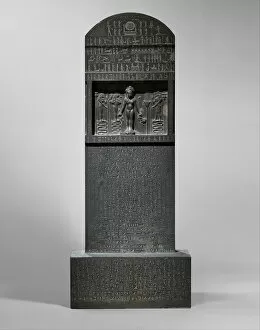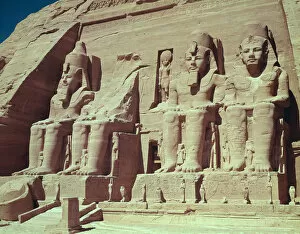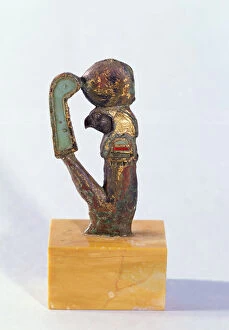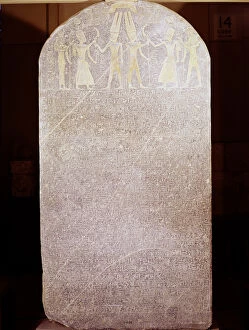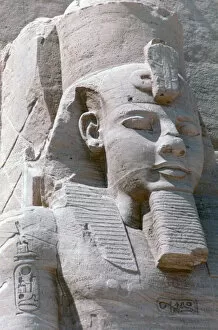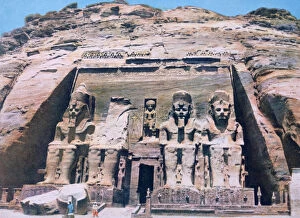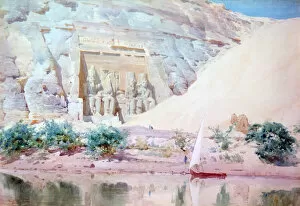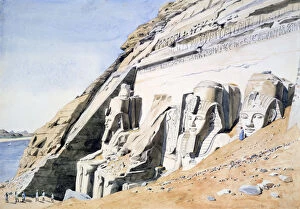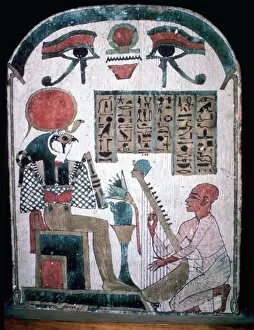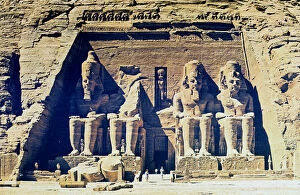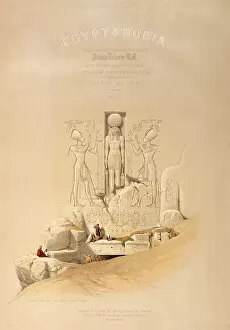Re Horakhty Collection
"Exploring the Divine: A Glimpse into the World of Re-Horakhty" Step back in time and immerse yourself in the captivating world of ancient Egypt
For sale as Licensed Images
Choose your image, Select your licence and Download the media
"Exploring the Divine: A Glimpse into the World of Re-Horakhty" Step back in time and immerse yourself in the captivating world of ancient Egypt. From statuettes to stelae, this collection showcases the enigmatic deity known as Re-Horakhty, revered throughout different periods of Egyptian history. The Statuette of Re-Horakhty from the Third Intermediate Period-Late Period transports us to a time when this god was worshipped fervently. With intricate details and an aura of power, it serves as a testament to the enduring belief in divine beings. Delve deeper into symbolism with the Scarab adorned with hieroglyphs and figures representing Re-Harakhti. The inclusion of nb- and ma at signs adds layers of meaning, hinting at his role as a creator and sustainer. A glimpse into burial practices reveals Nesyamun's mummy cover at Deir El-Bahri. Its detailed depiction hints at beliefs surrounding afterlife protection by invoking Re-Horakhty's presence during this crucial journey. Music played an integral part in religious ceremonies, as seen on Djedkhonsuiuefankh's Stela. This harpist pays homage to Re-Horakhty through his artistry, highlighting how music connected mortals with their gods. Marvel at Ramesses II's grand Temple facade that stands tall even today. Dedicated to multiple deities including Re-Horakhty, its colossal structure reflects both architectural prowess and spiritual devotion. Witness daily life unfold on Sennedjem's tomb walls through vivid harvest scenes. As workers labor under scorching sunrays, they invoke blessings from Re-Horakhty for bountiful crops - a testament to his agricultural significance. The painted wood Stela of Aafenmut offers glimpses into personal devotion towards Re-Horakhty.

